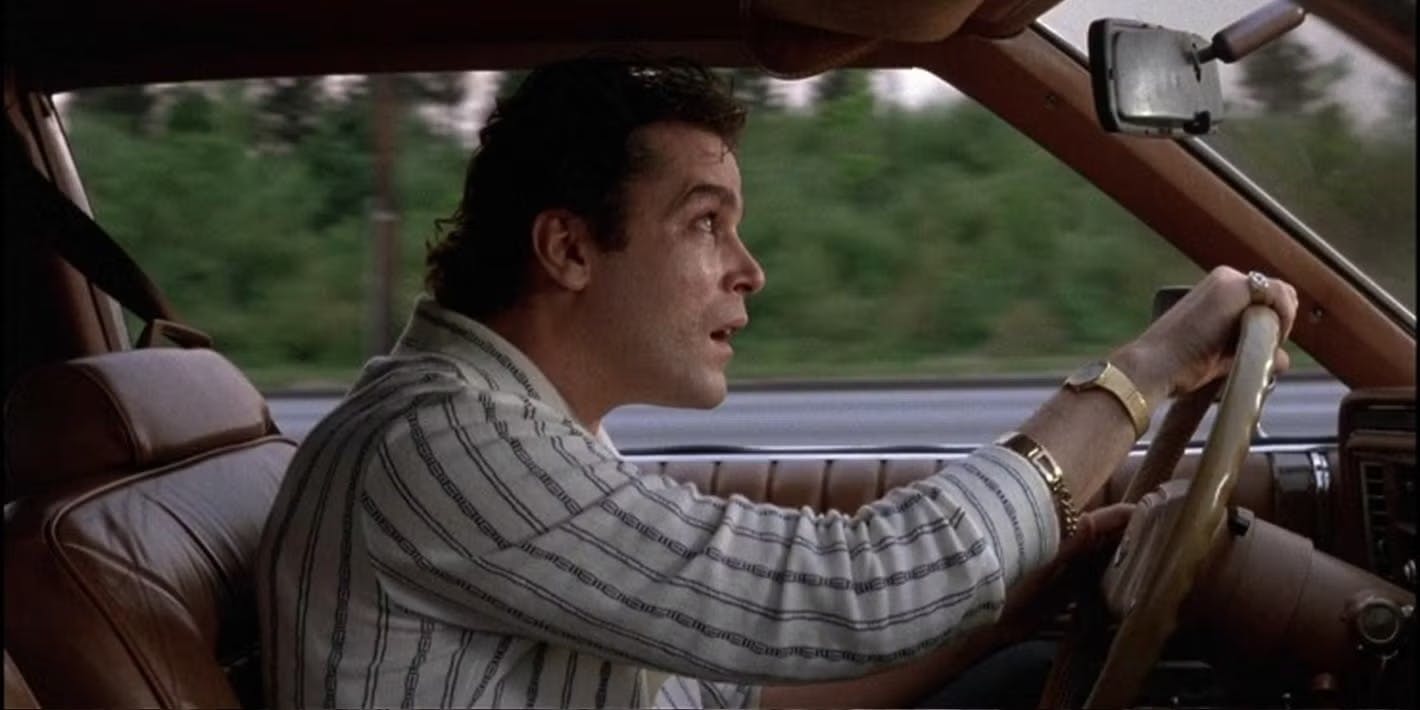
Get in the Car, Karen! A Deep Dive Into Goodfellas’ Most Legendary Rides
Martin Scorsese’s Goodfellas is a timeless classic, a film that effortlessly captures the essence of the American Mafia lifestyle. With its razor-sharp dialogue, gripping storytelling, and unforgettable characters, Goodfellas remains one of the greatest gangster films of all time. But beyond the violence, betrayal, and high-stakes drama, the film also serves as an automotive time capsule, showcasing an incredible lineup of period-correct cars that reflect the status, personality, and eventual downfall of its characters.
Let’s take a closer look at five of the most iconic cars from Goodfellas and the roles they played in this cinematic masterpiece.
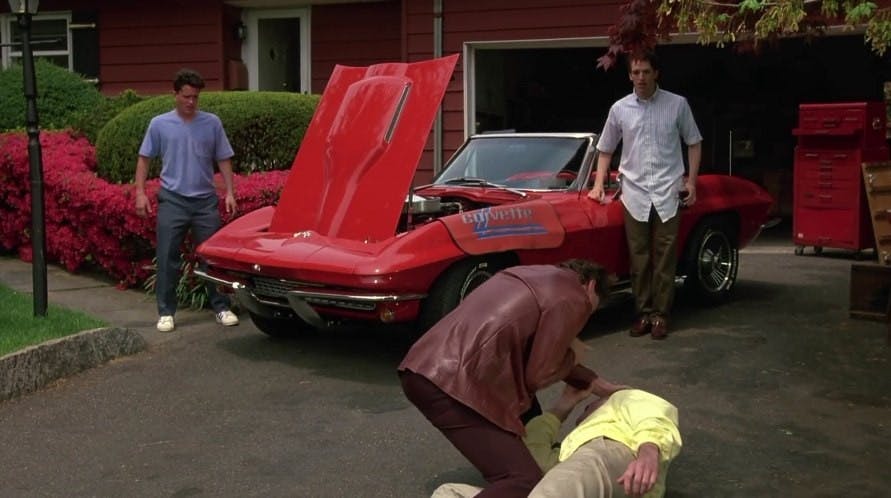
1966 Chevrolet Corvette – A Spoiled Kid’s Bad Luck
One of the most striking cars in Goodfellas makes a brief but impactful appearance early in the film. The red 1966 Chevrolet Corvette big-block convertible belongs to a spoiled Long Island kid who makes the mistake of assaulting Henry Hill’s (Ray Liotta) girlfriend, Karen (Lorraine Bracco). Henry, demonstrating his loyalty and ruthlessness, delivers a brutal beatdown reminiscent of Sonny Corleone’s infamous tollbooth ambush in The Godfather.
Despite the violence, the Corvette remains untouched—perhaps an unspoken nod to the respect even gangsters had for a beautiful machine. The ‘66 Corvette featured a range of powerful V8 engines, with the top-tier 427 cubic inch big-block producing a staggering 425 horsepower. It was a symbol of wealth, excess, and high-performance American engineering—traits that many gangsters, including Henry Hill, valued in their possessions.
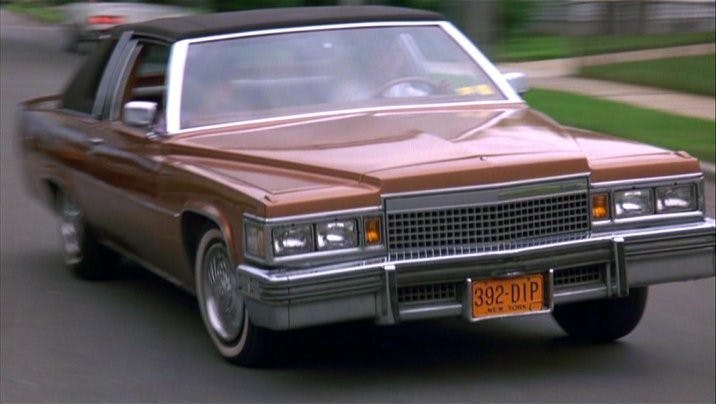
1979 Cadillac Coupe DeVille Custom Phaeton Coupe – Henry Hill’s Last Ride
If there’s one car that best represents Henry Hill’s unraveling life, it’s the metallic brown 1979 Cadillac Coupe DeVille Custom Phaeton Coupe. As his drug empire collapses and paranoia sets in, we see Hill frantically driving through suburban Long Island, convinced he’s being followed. His erratic, high-speed maneuvering showcases the Cadillac’s legendary body roll, a trait common among the massive land yachts of the era.
By the late 1970s, Cadillac had begun shifting toward smaller, more fuel-efficient models in response to changing economic conditions, but the Coupe DeVille still carried the unmistakable presence of a classic American luxury car. Its plush interiors and smooth ride made it a favorite among wiseguys who valued comfort as much as status.
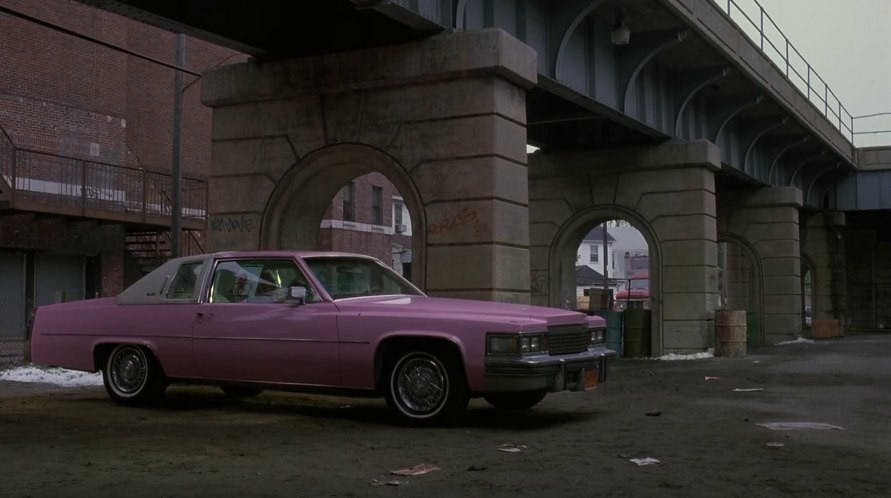
1979 Cadillac Coupe DeVille (Johnny Roastbeef’s Pink Disaster)
Some mobsters know when to keep their heads down. Johnny Roastbeef was not one of them. In direct defiance of Jimmy Conway’s (Robert DeNiro) orders to stay low after the Lufthansa heist, Johnny celebrates his newfound wealth by purchasing a garishly hot pink 1979 Cadillac Coupe DeVille for his wife. The move was not only a testament to his questionable taste but also sealed his fate. Shortly after, both Johnny and his wife are found murdered in the very same car.
The Cadillac Coupe DeVille was the preferred choice for many gangsters, offering a mix of style, power, and an imposing road presence. But in the world of organized crime, drawing too much attention—especially in a bright pink Cadillac—was a fatal mistake.
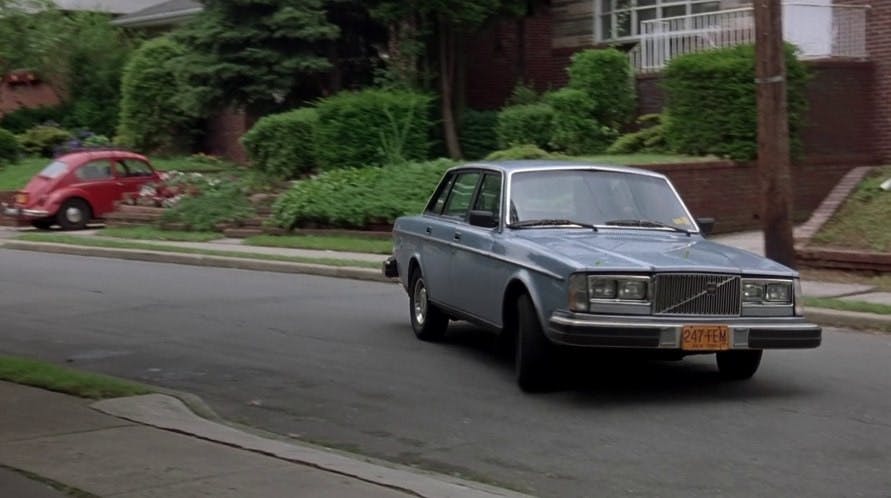
1980 Volvo 244 – The Odd One Out
Among all the American muscle and luxury cars, one vehicle sticks out as an oddity: the 1980 Volvo 244. This boxy, sensible Swedish sedan was driven by Karen Hill, making it a stark contrast to the flashy Cadillacs and Corvettes that defined the gangster lifestyle.
Volvos of this era were known for their safety and durability, qualities that might explain Karen’s decision to drive one. As Henry’s drug empire crumbled, the Volvo may have served as a practical, low-profile getaway vehicle, blending into the suburban landscape rather than standing out like a gaudy DeVille. In a world where looking too successful could get you killed, Karen’s choice of car was one of the smarter moves made by anyone in the Hill family.
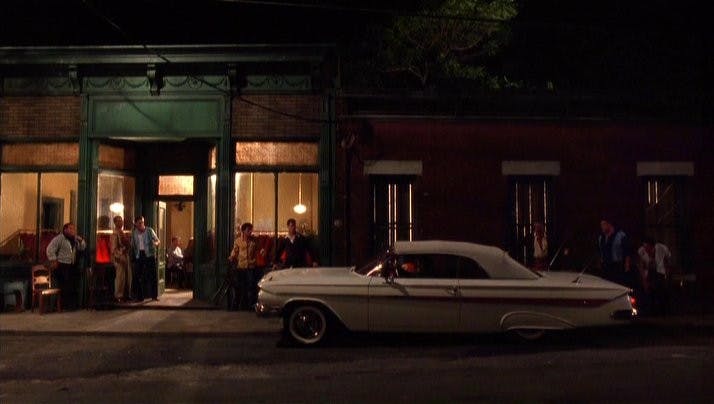
1961 Chevrolet Impala Convertible – The Ultimate Body Hauler
No mafia movie is complete without a car doubling as a hearse for an unfortunate victim, and in Goodfellas, that role goes to a stunning white 1961 Chevrolet Impala convertible. Driven by Tommy DeVito (Joe Pesci), the Impala not only exudes classic American style but also offers a trunk spacious enough for some very unsavory cargo.
Powered by a small-block V8, the Impala was both stylish and practical. The car’s sleek lines, rear fender skirts, and white convertible top made it an elegant cruiser, but its true utility for Tommy lay in its ability to discreetly transport bodies. This scene perfectly encapsulates the duality of mob life—beauty and brutality intertwined in a single vehicle.
From the opulent Cadillacs to the unsuspecting Volvo, the cars of Goodfellas serve as more than just set pieces; they reflect the personalities, aspirations, and downfalls of the characters who drive them. Each vehicle plays a role in the storytelling, reinforcing the film’s themes of excess, power, and inevitable decline.
Whether it’s a flashy sports car, a luxury cruiser, or a practical sedan, these cars help cement Goodfellas as not just one of the greatest gangster films, but also a showcase of some of the most iconic vehicles of their era. So the next time you’re watching Henry Hill’s journey from wiseguy to informant, take a moment to appreciate the automotive artistry on display—it’s just as integral to the story as the legendary performances and unforgettable dialogue.








